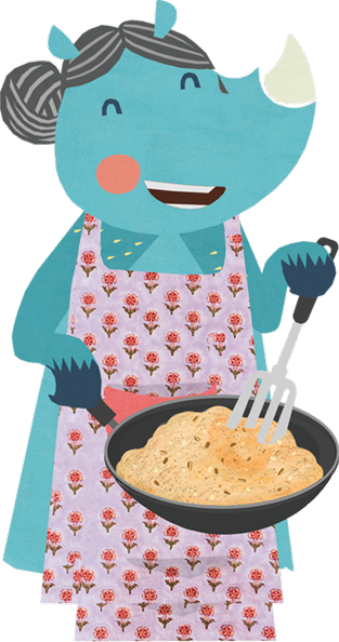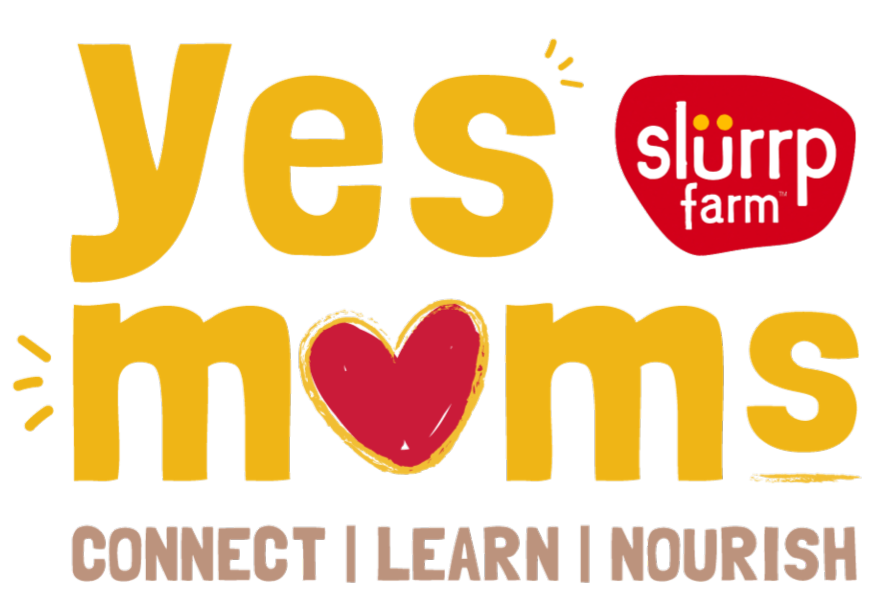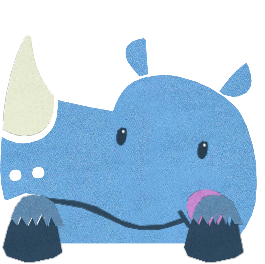Mastering the art of sipping from straw and open cups is important for developing their oral motor skills. It helps set the stage for future speech and chewing abilities. As parents, we can provide them plenty of opportunities to practice and learn these skills.
Learning to sip through a straw helps them develop oral motor skills, through the sucking motion. Open cup drinking teaches them the “sipping” skill, which they will use for life.
The Importance of Open and Straw Cups

Open cup: Using an open cup teaches your baby the art of sipping. Sipping is a skill they will need for the rest of their life as they transition to drinking from regular cups and glasses as they grow older.

Straw cup: Using a straw cup helps advance your baby’s oral motor skills. Learning to drink through a straw involves mastering the sucking motion, a fundamental skill that sets the stage for speech development and effective chewing later in life.
When to Start Introducing Cups
Parents can begin introducing straw and open cups around the same time they start solid foods, usually at around 6 months of age. This is a period when babies are fast learners, thanks to their heightened reflexes, and they are eager to explore and master new skills.
Delaying the introduction of these skills can make learning more challenging for your baby later on.
The Ideal Cup for Your Baby

The best cups for your baby are both an open cup and a straw cup. Using these types of cups helps your baby develop a range of drinking skills that will serve them well throughout their life.
Our suggestion is to introduce open cups and straw cups at the age of 6 months or whenever your baby has started solid food. It's good to alternate between these two types of cups, allowing your baby to develop proficiency in both drinking techniques involving sucking and sipping actions.
But, don’t worry if they struggle; it’s only natural! If your baby is finding it difficult or feeling frustrated by the use of both cups, you can opt to introduce one cup at a time.
The Role of Breast/Formula Milk
It's important to note that introducing straw and open cups does not mean you replace your baby’s intake of breast milk or formula with large amounts of water or other liquids.
Breast milk and formula remain the primary sources of nutrition and hydration for babies below 1 year of age.
The goal is to gently ease your baby into the practice of drinking liquids from a cup and a straw while continuing to prioritize breast or formula feeds.
Encouraging Babies to Drink from an OPEN CUP
1) Choose a very small cup, not larger than 3 ounces (approximately 90 ml) in size.

2) Fill the cup with either water or breast/formula milk, depending on your baby's preference.
3) Ideally, fill the cup to the brim if it's a standard 3-ounce (100 ml) cup. For larger cups, add between 1 to 3 ounces (30 ml to 90 ml) of liquid.

4) Filling the cup to the brim is important because when your baby's lips touch the cup, they will also come into contact with the water or milk, providing sensory input.
5) Show your baby how to drink by modeling the action. Take the cup, sip a little (or pretend to sip), and then offer it to your baby. Make exaggerated sounds like "ahhh" to spark their curiosity. Display enthusiasm and excitement to make it a fun experience!

6) Present the cup to your baby by holding it in front of them. Avoid inserting the cup directly into their mouth. Let your baby reach out and grasp the cup from your hand.
7) Once your baby has taken hold of the cup, allow them to hold it, but use your hand to gently guide them in bringing it to their lips.
Common Issues Parents Face With Open Cups
1) Spit it out or dribble: Babies might have difficulty keeping the liquid in their mouths; they might spit it out or cough. This is normal. They need time to master this skill, so keep practicing with them. But if, after several weeks of practice, they’re coughing or spitting, switch from milk/water to a thicker, puree-like liquid (e.g. smoothie).

2) Deliberately spill:
Don’t hesitate to let them use the cup on their own once you feel they know how to use it. It's normal if they spill; it's part of the learning process. Babies need many opportunities to learn such skills.
Some babies tend to tip the cup towards themselves before it reaches their mouth, which can lead to accidental spills. Simply refill the cup and offer it back to them to continue their practice.

3) Explore and experiment: Babies are inquisitive and enjoy playing around with their food and drinks. They may put their food in their cup or pour the liquid from the cup onto their food. Don't get upset. Gently guide them by using words or gestures like "food is on the plate" and "water/milk is in the cup" so they understand the difference.
4) Refuse to drink: Some babies might simply refuse to drink from a cup, which is common. Try introducing the cup at a different time, NOT during meal times. E.g., during bath time, give them an empty cup to hold and play with. Or during the day, fill their cup with water and you pretend to drink from it while looking like you’re enjoying it. They love mirroring you, so they will want to do the same thing. With time, most babies acquire these skills.
Encouraging Babies to Drink From a STRAW CUP
The sucking reflex: Straw cups are typically easier to introduce to babies around 6 months because they still have a strong sucking reflex. Delaying the introduction of straw cups after 8 or 9 months may require more effort, as the sucking reflex tends to fade around that time.
Two Methods to Teach Straw Drinking
Method 1: Using an open cup and straw
1) Take a regular straw and cup with some water in it. Using your finger, trap a tiny amount of water in the straw. Ensure this end is blocked with your finger, so the water stays inside the straw.
2) Hold the other (open) end of the straw towards your baby. Let them open their mouth to accept it.
3) If your baby takes the open side of the straw into their mouth, take your finger off from the side that you closed initially. The water will gently flow into their open mouth.
This method teaches your baby that when they put a straw in their mouth, they have to close their lips around it, and that some liquid usually comes out from the straw.
Note: Control the water flow to avoid letting too much water enter their mouth, as they may not : Control the water flow to avoid letting too much water enter their mouth, as they may not be able to handle it yet.

Method 2: Squeezy bottle with straw

1) Instead of purchasing the popular but expensive Honey Bear straw cups, you can create your own training cup using a regular squeezable bottle, like those used for honey or sauce, which has a similar mechanism.
2) Ensure the bottle and cap are thoroughly cleaned to remove any residues of previously held contents. This is especially important if the bottle contained honey, which is not safe for infants under 1 year.
3) After cleaning, insert a straw into the bottle.
4) Fill the squeezable bottle with water and hold it in front of your baby. Avoid forcing the straw into their mouth or at their lips. Allow your curious little one to explore and reach for the cup.
5) Once they open their mouth, gently introduce the straw into their mouth.
6) With the straw in their mouth, gently squeeze the bottle to release a small amount of liquid, allowing it to enter their mouth. Be sure to squeeze gently to avoid overwhelming your baby.
7) Typically, babies will naturally seal their lips around the straw as soon as the liquid enters their mouth.
8) Once your baby can easily swallow the liquid, stop squeezing the bottle and let them suck the water through the straw independently.
9) Observe whether your baby can manage without your assistance. If they need more practice, repeat these steps until they become proficient. If your baby struggles to keep the cup or bottle steady, provide support.
10) Once your baby becomes skilled at using the DIY squeezy bottle, transition to a regular straw cup. The squeezy bottle serves as a temporary tool for learning. Prolonged use may result in your baby squirting too much liquid into their mouth or even creating a watery mess around the house!
Common Issues Parents Face With Straw Cups
1) Struggle to swallow:Some babies may suck on the straw but struggle to swallow the liquid.
What to do: Use a thinner straw, which allows smaller amounts of liquid to flow in, making it easier for your baby to manage.

2) Cannot handle liquid in their mouth: Babies might find it tough to handle certain liquids like water or breast milk.
What to do: Offer thicker puree-like liquids (smoothie), which makes it easy for them to handle in their mouths.
3) Cough while drinking: They may cough initially as they take in more liquid than they can manage. They are yet to gauge how much their mouths can handle.
What to do: Occasional coughing is alright as they’re learning. But, if your child is over 15 months old and keeps coughing when using a straw cup, speak to a healthcare professional.
Learning to drink from a cup is a skill that requires time, patience, and practice. Stay composed, offer your baby numerous opportunities to learn, and infuse enthusiasm and excitement into their learning experiences by demonstrating the actions with animation.



















